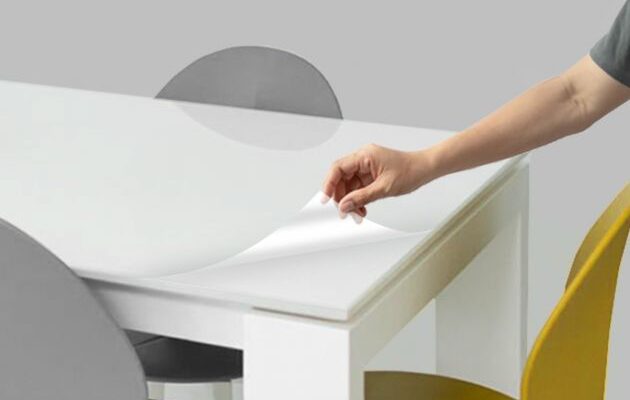What is safe glass?
Protected glass is a material that finds its usefulness in different spaces, from commercial ones, to those that have different applications within residential buildings and beyond. Behind the finished product, however, there are a series of subsequent safe glass cutting operations that lead to its production.
How is thermally protected glass produced?
Safe glass occurs through a heating process that reaches a temperature of 650 ° C. At this point, the material is softened, the external surfaces are subjected to a quick cooling process and in this way a strong compression is created.
The quality of the safe glass is basically influenced by some parameters, after which the alternative heating evaluation processes are performed.
What are the safe glass cutting methods?
Due to the fact that thermally protected glass has special properties that do not allow its cut as it happens in the usual glass, the classic cutting process is practically impossible to reach.
So if you are looking for techniques and methods for cutting safe glass, without specialized help, you may not be too successful.
The main advantage of thermally protected glass is that, when it is broken, it will not present a danger of injuries, unlike the conventional glass that will break in large, acute and dangerous cracks.
Since the safe window is specially designed to distribute the pressure, the cut of the glass proves to be a difficult and delicate mission.
To avoid crushing the safe glass, you will have to pay particular attention to the process, otherwise the window will break and will not be used.
In addition, you will have to show maximum caution during the safe glass cutting process, in order to avoid hurting you. The recovery bottle represents a complex chemical process and, therefore, must be left in the care of specialists. However, if you have the necessary materials, it is possible to teach the glass.
Here’s how the safe glass cut process is performed:
- Without a doubt, it is important to understand the recovery process – a fundamental process, because it has the role of uniformly heating the glass. As mentioned above, in a certain point the glass reaches a temperature of 650 ° C, this represents, in fact, the reason why the quality glass cannot be cut. In fact, the best temperature value is 890 degrees Fahrenheit (or 477 degrees Celsius).
- In an oven, thermally protected glass will be positioned, which will be immersed at a relatively constant temperature (from hot to hot), until it reaches the recovery temperature. Specialists claim that this is 1013 balance in an oven. The softening time varies according to the size of the safe glass. Some smaller portions require about 20 minutes of soaking, while larger pieces of glass, which weigh between 45 and 100 kilograms, take 12 hours or even more.
- Subsequently, the safe glass must be cooled at a temperature of 800 degrees Fahrenheit (427 degrees Celsius) – a valid recommendation is indicated for any type of glass, less setake glass if a cooling temperature of 750 degrees fahrenheit (399 degrees Celsius) is indicated.
- Do not forget the protective glasses, extremely important because it protects you from unfortunate accidents that can occur. Use a straight edge to be able to draw the cutting line and keep it in the same position along the line. Using the average pressure on the entire line to create a scratch, it is not necessary to perform the glass cutter more than once along the line.
- Under the line you have just cut, put a wooden piece, which is about 0.6 cm, then apply sudden pressure.
- To make the bottle stronger and safer to handle, you will have to grind the edge of the freshly cut glass with a round stone.
What can be used for safe glass
Protected glass has mechanical qualities that recommend it as a better choice and can be used in case of different applications such as:
- Glass doors;
- Partitions;
- Balustrade;
- Shower cabins;
- Lifting closures;
- Furniture objects;
- Glass steps;
- Facades;
- Bus stations;
- Urban furniture;
- Telephone cabins;
In addition, the safe window also finds its applicability with regard to the production processes of different types of glass doors (interior or external), store windows, blocks in blocks, etc.
We also invite you to our Facebook profile for more details and images on the closing systems The insulating glass terraces
latest posts published

Compartmentalization of the space from the veranda with glass walls

The sliding doors hidden in the wall – the effective solution for your space

Meter for internal doors in 5 steps

How do you have a small loggie type balcony?

What we can use to paint internal doors

Condensation to the windows of the house: 3 important aspects

Optimize space with sliding glass doors

Discover the Tornwerke doors: elegance, safety and personalization for your home

Zig Zag: revolutionary doors system with folding panels


